Your home is more than just a place to live—it’s an extension of who you are, a reflection of your personality, taste, and lifestyle. Developing a refined sense of style when selecting or designing a home involves a deep appreciation for design principles, architectural elegance, and the quality of materials. This guide is tailored to help you cultivate a sophisticated approach to home buying, ensuring that every decision you make enhances both the aesthetic and functional value of your property.
Understanding Architectural Styles
The architecture of a home sets the stage for its overall design and atmosphere. Whether you’re drawn to the timeless elegance of classical designs or the sleek lines of contemporary architecture, recognizing and appreciating different styles is crucial.
But how do you recognize and appreciate the different styles? Here are a few tips to get you started:
- Classical: Characterized by symmetry, proportion, and grandeur, classical architecture is all about creating a sense of drama and elegance.
- Modern: Clean lines, minimal ornamentation, and an emphasis on functionality define modern architecture.
- Contemporary: A blend of modern and traditional elements, contemporary architecture is all about creating a sense of warmth and comfort.
By understanding the different architectural styles, you’ll be better equipped to make informed decisions when it comes to selecting a home that reflects your personal taste.
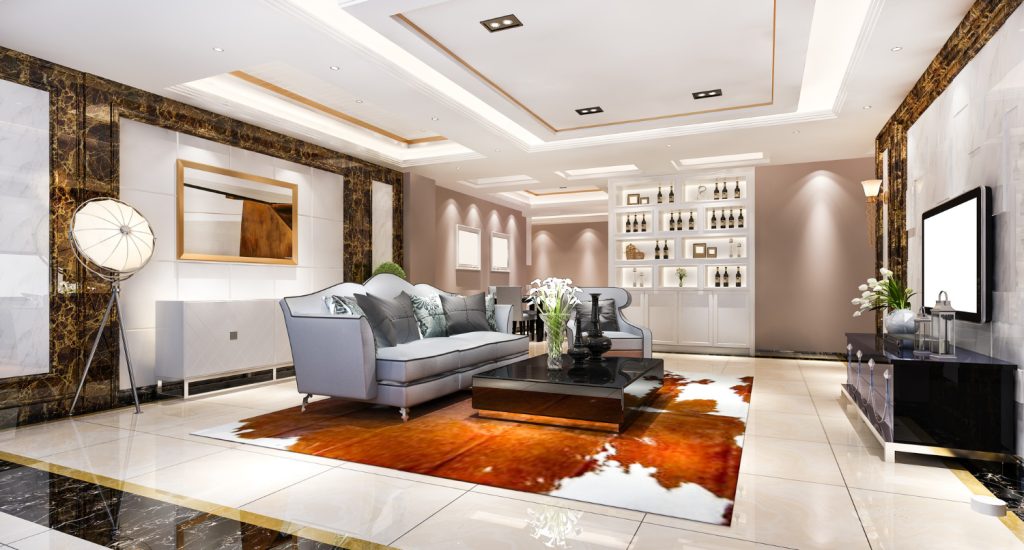
As a discerning buyer, understanding these styles allows you to choose a home that resonates with your personal taste and lifestyle.
The Role of Materials
The materials used in a home are key indicators of its quality and longevity. For instance, marble, with its natural veining and timeless appeal, adds a touch of luxury and elegance to any space, whether used in flooring, countertops, or accent pieces.
High-quality wood, such as mahogany or oak, brings warmth and durability, creating a sense of cosiness and permanence.
Steel and glass, staples of modern architecture, offer strength and transparency, allowing for bold design statements and unobstructed views.
By choosing homes that incorporate these premium materials, you ensure that your living space not only looks beautiful but also stands the test of time.
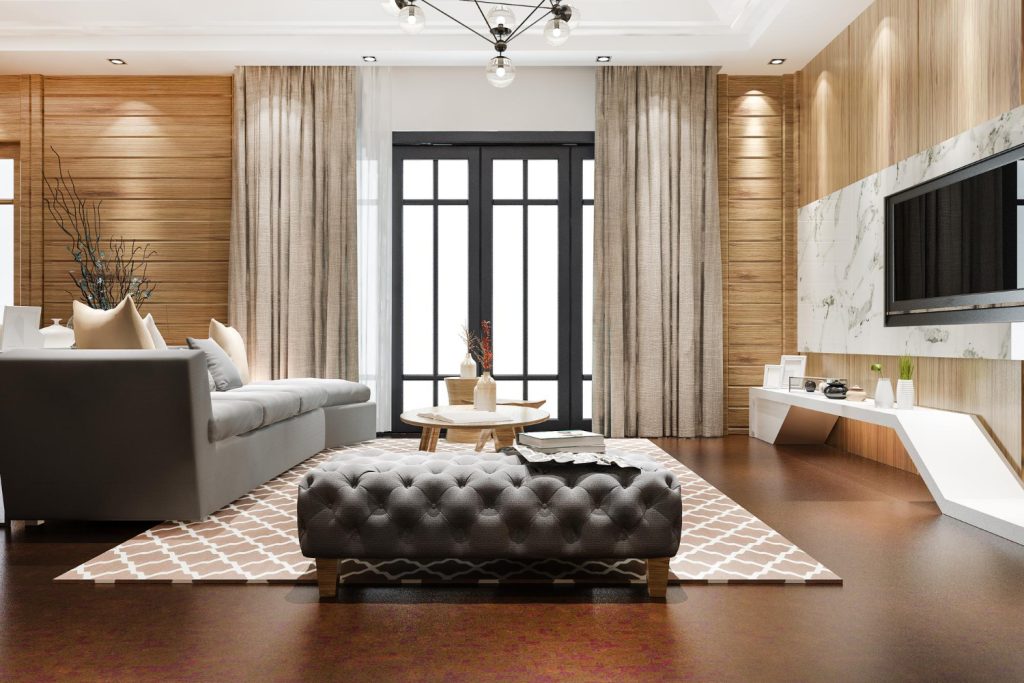
Colour Theory in Interior Design
Colour plays a pivotal role in shaping the mood and feel of your home.
Understanding colour theory can help you create visually appealing and harmonious spaces. Neutral tones like beige, grey, and white are timeless choices that provide a versatile backdrop for various decor styles.
Accent colors, whether bold or subtle, can add depth and personality to your interiors. A well-balanced colour scheme can evoke different emotions—cool blues and greens for calmness, warm reds and oranges for energy, and soft pastels for serenity.
Mastering the art of colour selection ensures that your home exudes a sense of elegance and comfort.
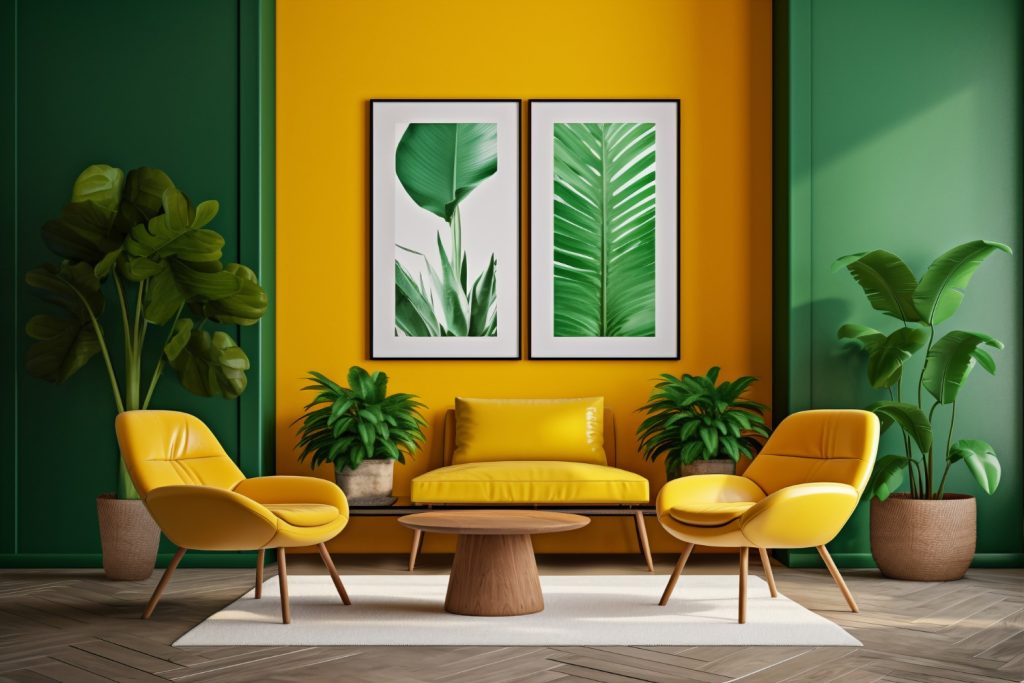
The Importance of Lighting
Lighting is one of the most critical elements in home design, dramatically influencing how spaces are perceived and used.
Natural light is invaluable, enhancing the openness and warmth of a room while also promoting well-being.
Strategically placed windows, skylights, and glass doors can flood your home with sunlight, making it feel airy and vibrant.
Artificial lighting, from chandeliers to recessed lights, should be chosen to complement the room’s purpose—whether it’s the focused task lighting in a kitchen or the soft, ambient glow in a living room.
The right lighting not only enhances the beauty of your home but also improves its functionality.
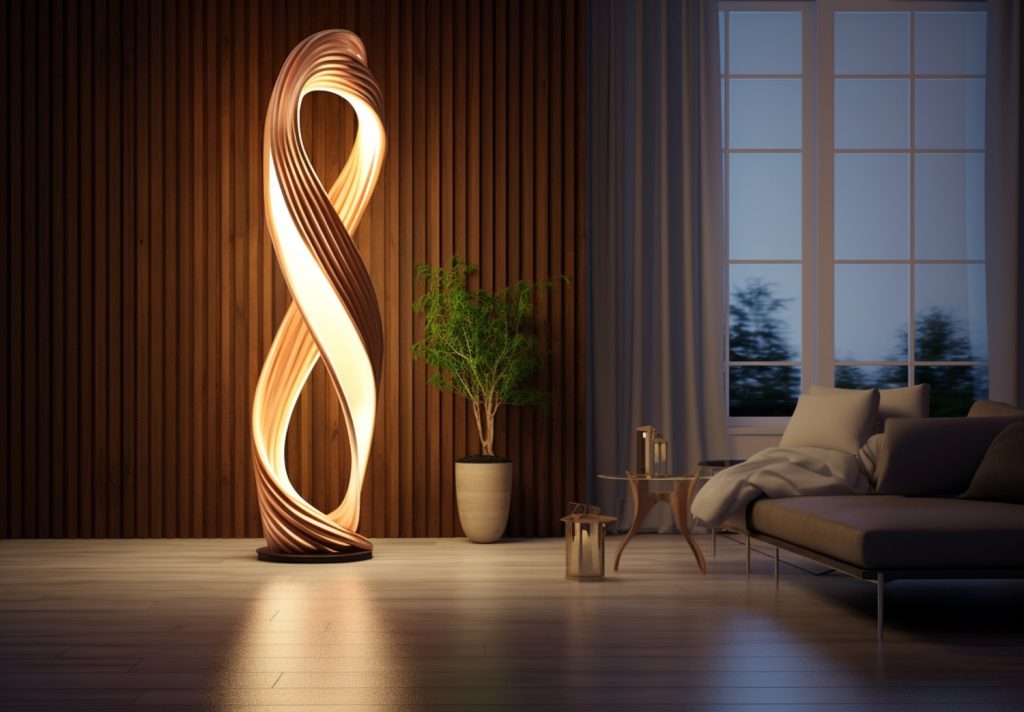
Choosing Timeless Features
When it comes to fixtures, finishes, and furnishings, opting for timeless designs is a smart investment.
Classic features like marble countertops, hardwood floors, and bespoke cabinetry offer both aesthetic appeal and enduring quality.
Avoid overly trendy elements that may quickly date your home, and instead focus on pieces that have a proven track record of style and durability.
Think about the longevity of the materials and the craftsmanship involved—these choices will ensure that your home remains stylish and functional for years to come.
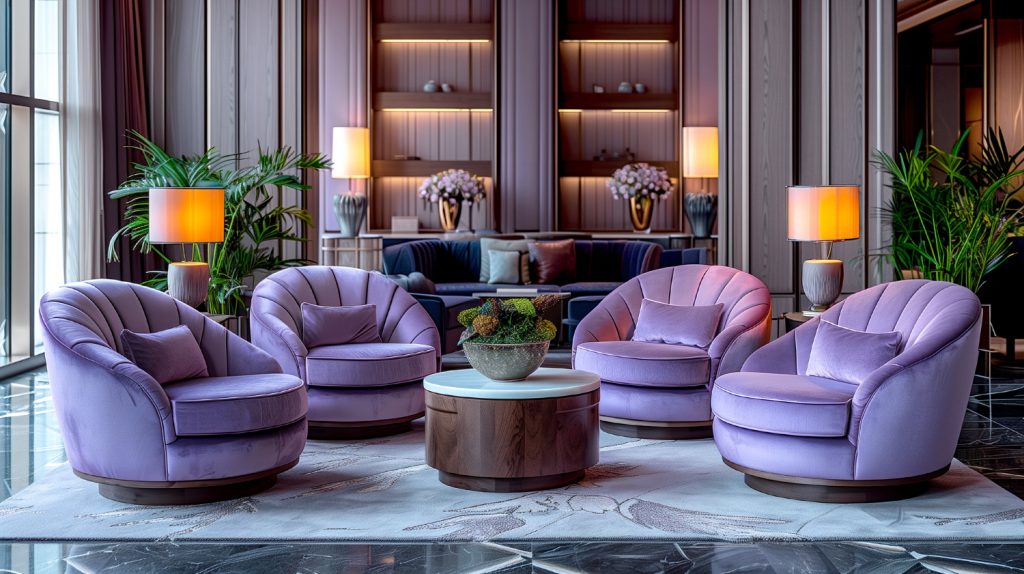
Developing a refined taste in homes involves more than just an eye for beauty—it requires a deep understanding of architectural styles, material quality, color harmony, lighting, and timeless design features.
By mastering these elements, you’ll be better equipped to make decisions that reflect a sophisticated and lasting sense of style.
Whether you’re buying a new home or renovating an existing one, these insights will help you create a space that is not only beautiful but also a true reflection of your discerning taste.

It feels like you’ve read my mind! You seem to know so much about this topic, as if you wrote the book on it. Adding some visuals could make it even more engaging. Excellent read—I’ll definitely be back!